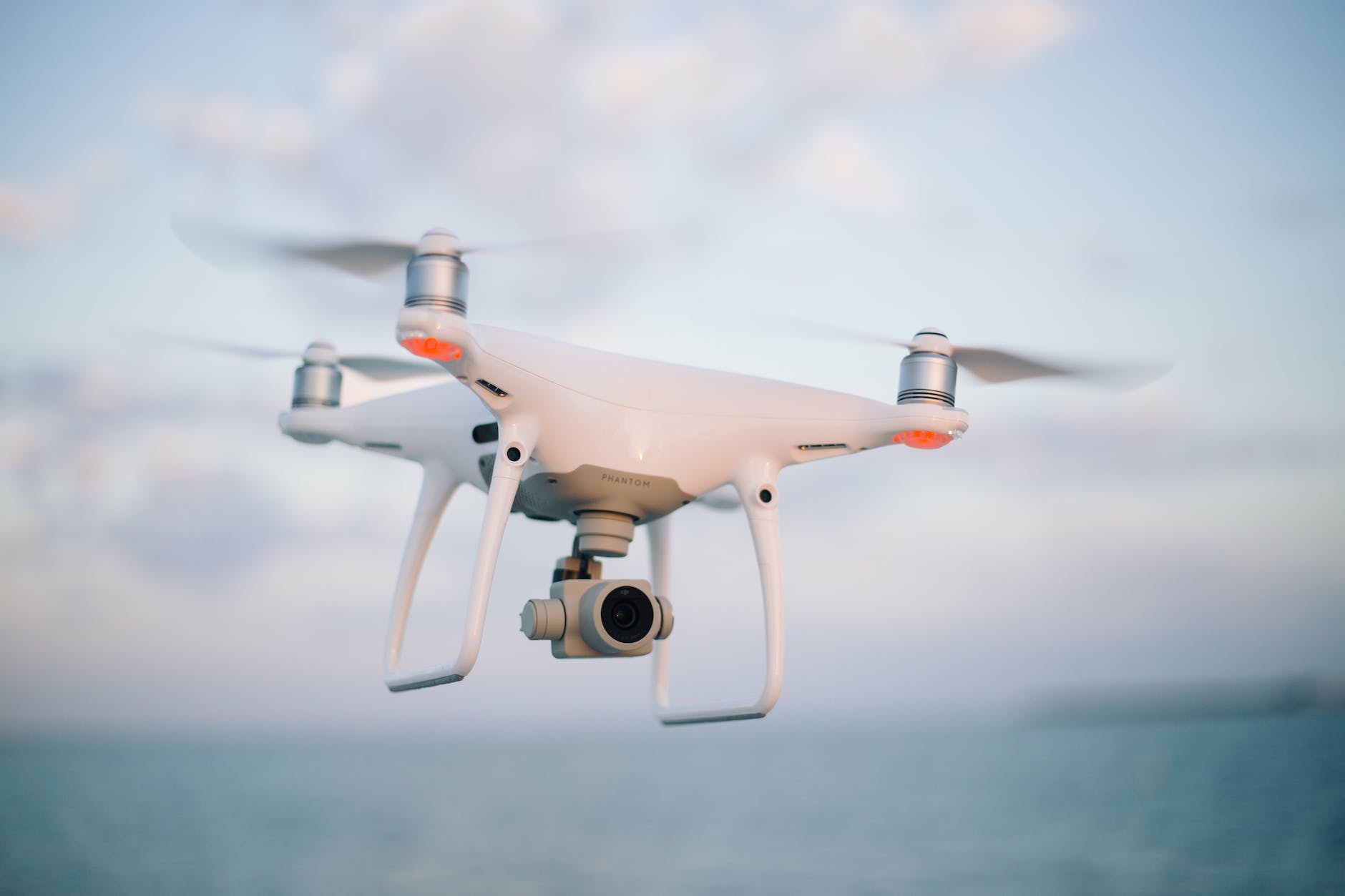Check your phone NOW: 19 devices have facial recognition that can be tricked with photos
By alexandreTech
Check your phone NOW: 19 devices have facial recognition that can be tricked with photos
Facial recognition technology is becoming increasingly popular in our daily lives. It’s used for everything from unlocking our phones to shopping online. However, recent studies have shown that this technology is not as secure as we may think. In fact, 19 devices with facial recognition can be tricked with photos. This article will explore the flaws in facial recognition technology and what we can do to protect ourselves.
How Facial Recognition Technology Works
Before we dive into the flaws of facial recognition technology, it’s important to understand how it works. Facial recognition technology is a type of biometric software that uses algorithms to create a template of a person’s face. This template is then compared to a database of known faces to identify the individual. The technology can also detect certain facial features such as eye color, skin tone, and facial hair.
Facial recognition technology is often used for security and authentication purposes. For example, many smartphones now have facial recognition technology that allows users to unlock their device using only their face. This technology is also used by law enforcement agencies to identify suspects in criminal investigations.
While facial recognition technology has its benefits, there are some serious concerns about its accuracy and security.
Flaws in Facial Recognition Technology
Recent studies have shown that facial recognition technology is not as secure as we may think. In fact, 19 devices with facial recognition can be tricked with photos. This means that someone could potentially unlock your phone or gain access to your personal information by simply using a photo of your face.
The reason for this flaw is that many facial recognition algorithms rely on 2D images. This means that they cannot distinguish between a real person’s face and a photo of that person’s face. Additionally, facial recognition technology can be fooled by makeup, disguises, and even changes in lighting.
These flaws are particularly concerning when it comes to law enforcement use of facial recognition technology. Studies have shown that facial recognition technology is more likely to misidentify people with darker skin tones, which could lead to unfair treatment and discrimination.
Protecting Yourself from Facial Recognition Technology
So, what can you do to protect yourself from the flaws of facial recognition technology? Here are a few tips:
- Disable facial recognition on your devices and use a passcode instead.
- When using facial recognition, make sure to hold your device at arm’s length to prevent someone from using a photo of your face.
- Avoid posting photos of your face online or on social media.
- Use makeup or accessories to alter your appearance if you’re concerned about facial recognition technology.
It’s important to remember that facial recognition technology is not foolproof, and we need to take steps to protect ourselves.
The Future of Facial Recognition Technology
Despite its flaws, facial recognition technology is here to stay. In fact, it’s expected to become even more prevalent in the coming years. The technology is already being used in airports, schools, and other public places for security purposes.
However, as facial recognition technology becomes more widespread, it’s important that we address the security and accuracy concerns. This could include developing new algorithms that are more accurate and secure, or implementing regulations to ensure that the technology is not being used unfairly or discriminately.
Facial recognition technology has the potential to revolutionize the way we live our lives. However, it’s important to recognize its flaws and take steps to protect ourselves. By disabling facial recognition on our devices, avoiding posting photos of our faces online, and being aware of the limitations of the technology, we can ensure that our personal information remains secure.
As we look to the future, it’s crucial that we continue to monitor and address the security and accuracy concerns surrounding facial recognition technology. Only then can we fully embrace the benefits of this revolutionary technology.





